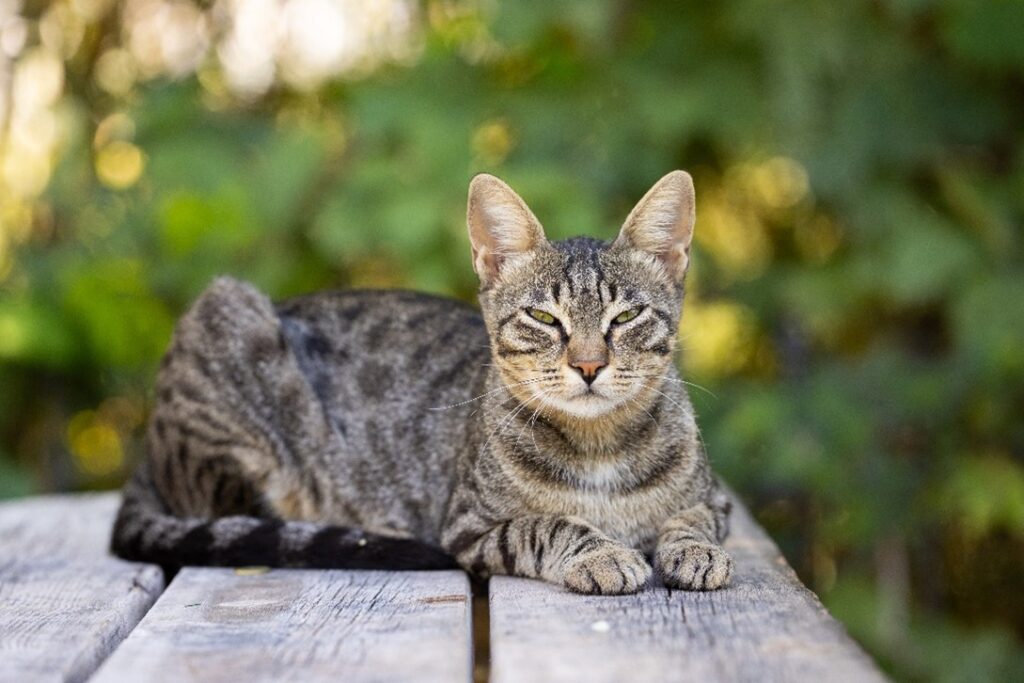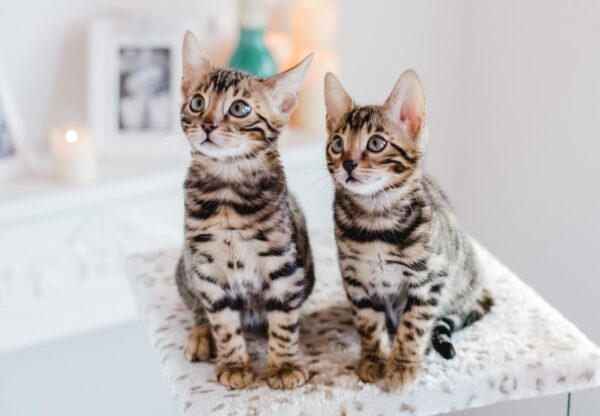Cats, with their independent spirits and enigmatic personalities, have a unique way of leaving their paw prints on our hearts. As responsible pet owners, it’s our duty to ensure their lives are filled with contentment and vitality. Dr. Cynthia Maro of Pittsburgh delves into the key factors that contribute to a cat’s happiness and overall well-being. From enriching their environment to understanding their dietary needs, this guide offers actionable advice to help your feline companion thrive.
Keeping a Cat Healthy – Advice from a Veterinarian
Below are a few key practices that can help ensure a healthy, happy life for your cat. By embracing these principles, you’ll nurture both their physical health and the bond you share.
- Feed a healthy diet based on the prey model diet cats evolved eating (more on this below).
- Have plenty of litter boxes (1 per cat + 1 extra) with regularly changed litter (daily).
- Find a litter your cats like and keep it consistent, dust free is ideal.
- Keep up with regular vet check-ups, even if your cat never shows external signs of health issues.
- Avoid feeding snacks and treats that aren’t real meat.
- Keep your pet active and engaged every single day – if you can get your cat some safe outdoor time, be sure to do so. Owners can take them out on a leash, take them for walks in a stroller, install a Purr-fect fence system, or create a safe outdoor enclosure complete with cat trees or real trees.
- If you can’t get your cat outdoors, help your feline friend have a simulation of the outdoors somewhere inside.
- If your cat is slowing down, hiding, or being less engaged, take it to the vet and ask for a blood panel and arthritis evaluation.
How to Know if it’s Something Serious
Many minimally active pets are not “just getting old”. They are usually developing an illness or experiencing pain. There are many treatments available to keep cats active and happy well into their twenties.
The average cat who lives indoors, but ventures outside here and there, will generally stay within 75 – 150 yards of their home. Some more adventurous outdoor cats may cover as much as 2 miles daily in search of food or a mate, but this activity is typically only present in unneutered males.
Outdoor cats that roam and are not in safe enclosure are far more vulnerable to being injured by vehicles, birds of prey, other predators, and even other cats. They are also likely to pick up fleas, ticks, and other parasites, so be wary and talk with your vet about the best preventives available if your cat wanders outdoors.
Cats that hunt and go outdoors get more exercise and activity throughout their lives. Typically, they also maintain a healthier weight, which can prevent inflammation, arthritis, and even other problems associated with aging such as cancer.

Getting a Cat to Be More Active
If you want to help your indoor cat stay as active as an outdoor cat, you will both benefit from the engagement and extra movement. Here are some creative ways to keep your kitty lively:
Make mealtime a time for movement. Create a food parade and carry the pet food up and down steps and around the house. Your food driven pet will get extra exercise, simulating a hunt. Feed in different areas of the home and consider tossing food bits, so your cat can chase her meal.
When your cat comes begging for more food or treats, play a game instead. They often quickly forget about treats when engaged in play time.
There are many devices which randomly activate to engage cats in play, and some cats love them. Many cats will enjoy random laser lights, but it’s important to try a variety of options to find which toys work best for your pet.
There are several websites, including the Ohio State University College of Veterinary Medicine’s Indoor Cat Initiative page, that offer loads of tips for indoor cat engagement.
The Cat’s Diet
Feeding your cat for optimal happiness, health, and activity requires understanding that cats figured out what their optimal dietary needs were long before humans started housing and feeding them.
From the ancient hunting grounds to the cozy corners of our homes, cats have retained their natural instincts for survival. Their dietary preferences, rooted in their history as skilled hunters, hold essential clues to ensuring their optimal health and vitality.
There are distinct dietary essentials that form the foundation of a cat’s well-being, as well as nuances that set them apart as obligate carnivores. What this means is that they require a meat protein-based diet, NOT grain, lentils, peas, and other meat protein substitutes. They won’t become protein and taurine deficient by being grain deprived.
If your cat will eat a balanced raw, cooked, or canned meat-based diet (from a reputable manufacturer), that is always recommend over dry kibble.
Also be sure to note a cat’s imprint on taste, texture, and shapes of food. Introducing an older cat to a completely different diet can be challenging, so make sure to do so gradually and creatively.
Better yet, start your kitten out right with exposure to a wide variety of tastes and types of foods.
Conclusion
In the realm of feline companionship, one truth reigns supreme: cats thrive on the warmth of human touch and attention. Their lives are enriched by our companionship, creating a bond that is unique and often deeply emotional. It’s a relationship that brings immeasurable joy, comfort, and companionship to both parties involved, enriching the lives of humans and feline friends alike.
Author
Dr. Cynthia Maro – Integrative Veterinarian, Cynthia Maro, DVM, CVA, CAC, VMRT, VNAET
